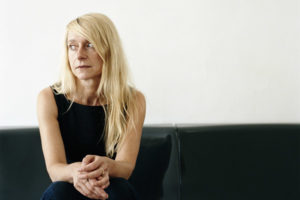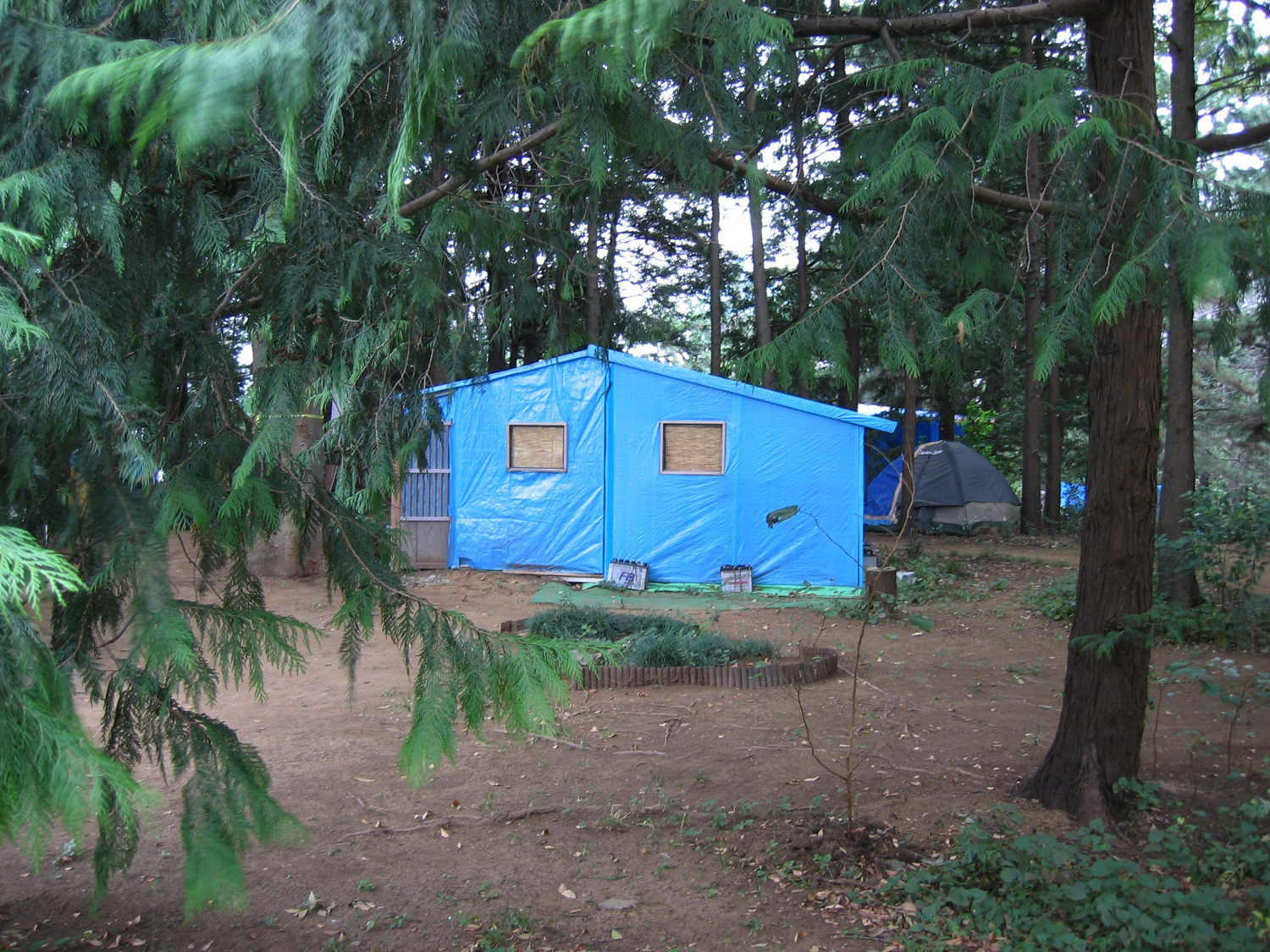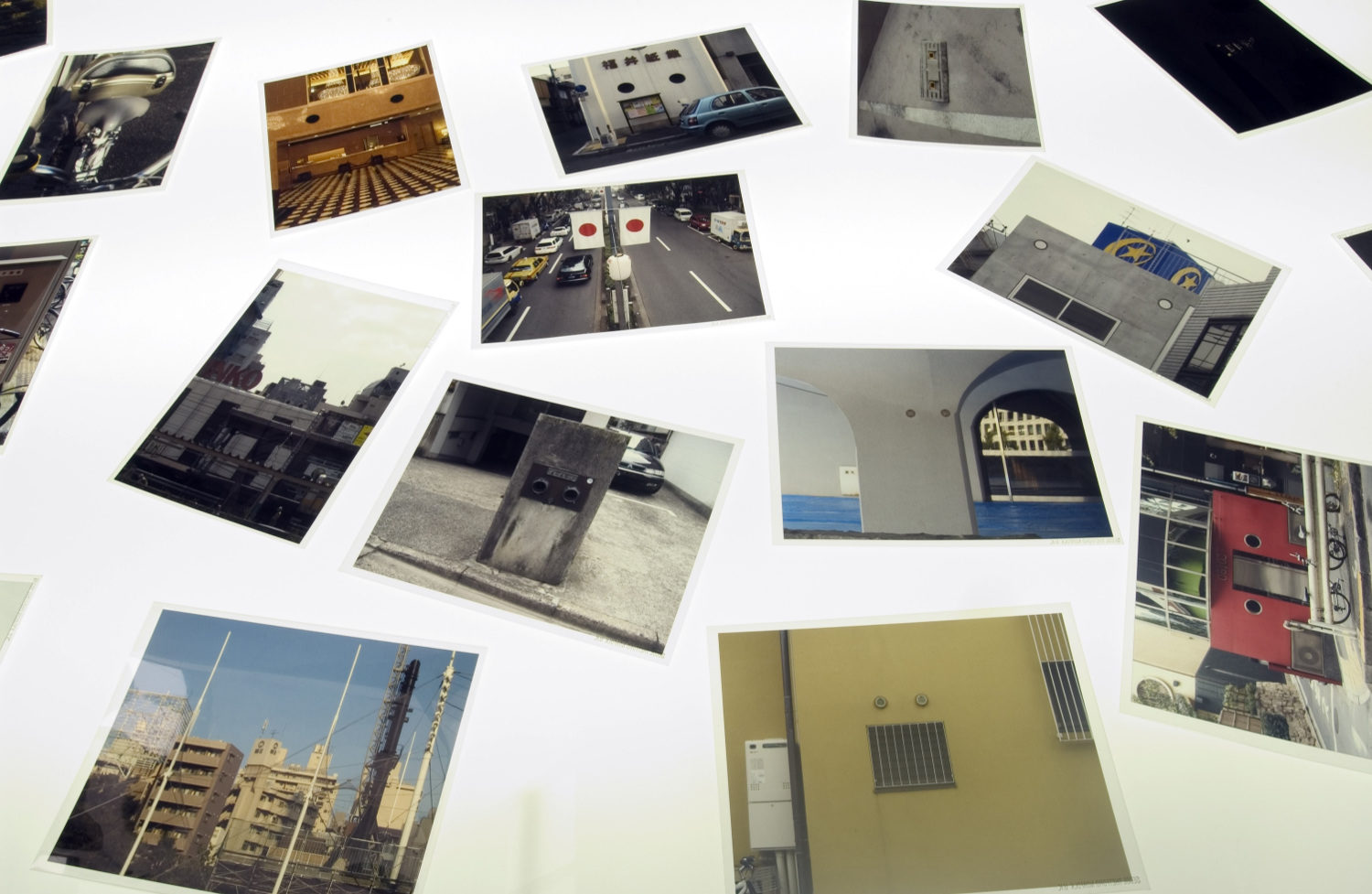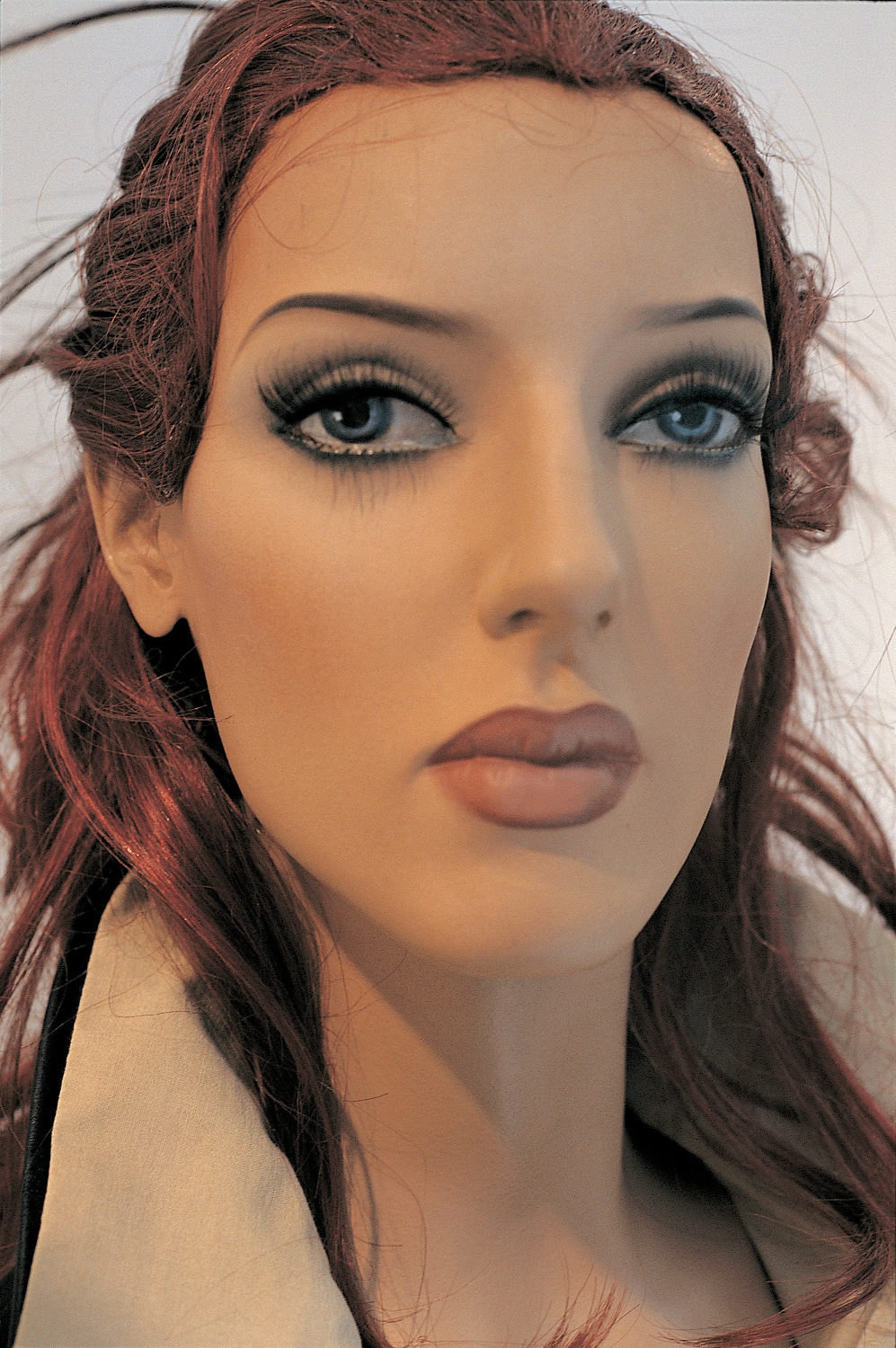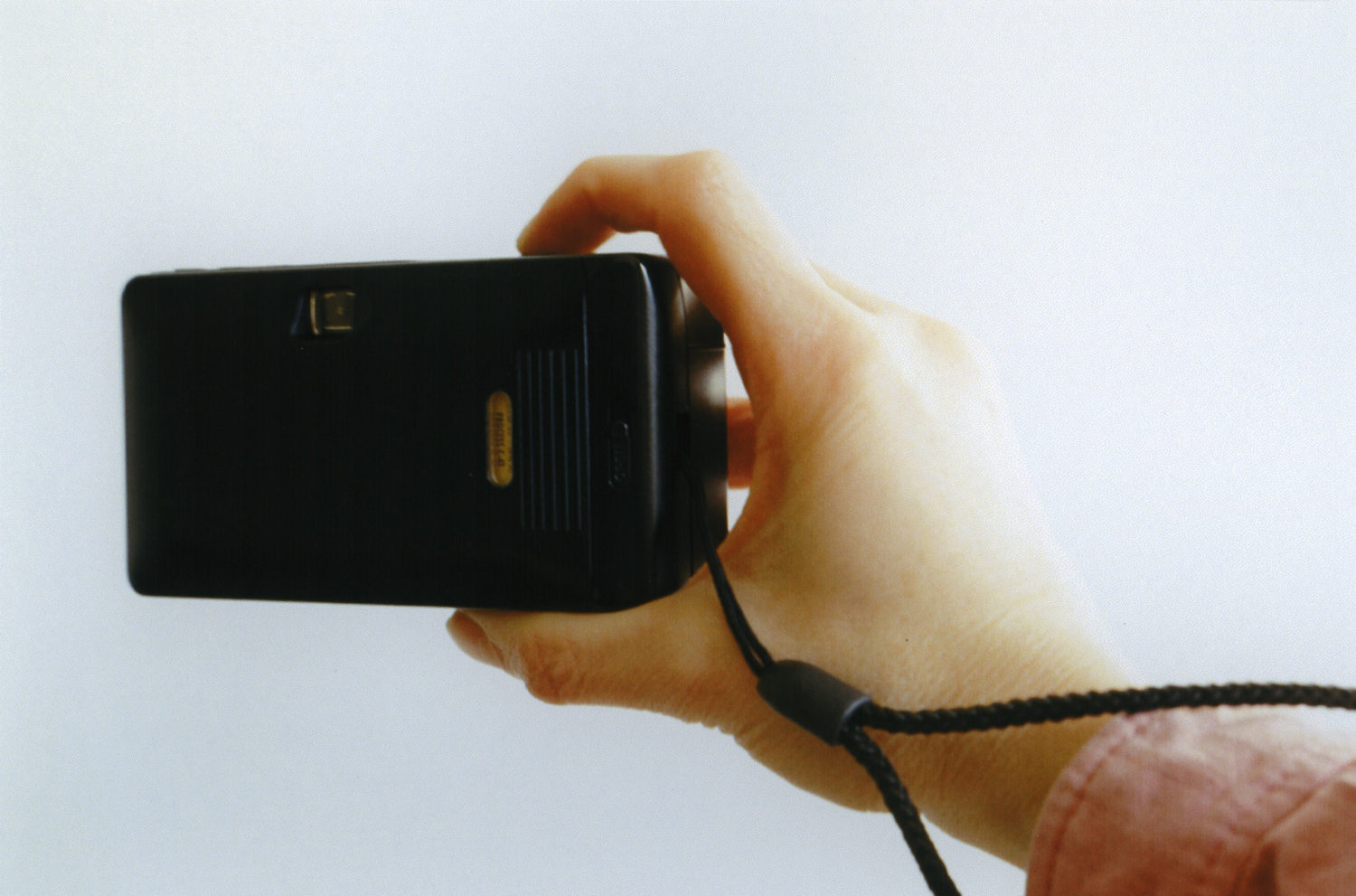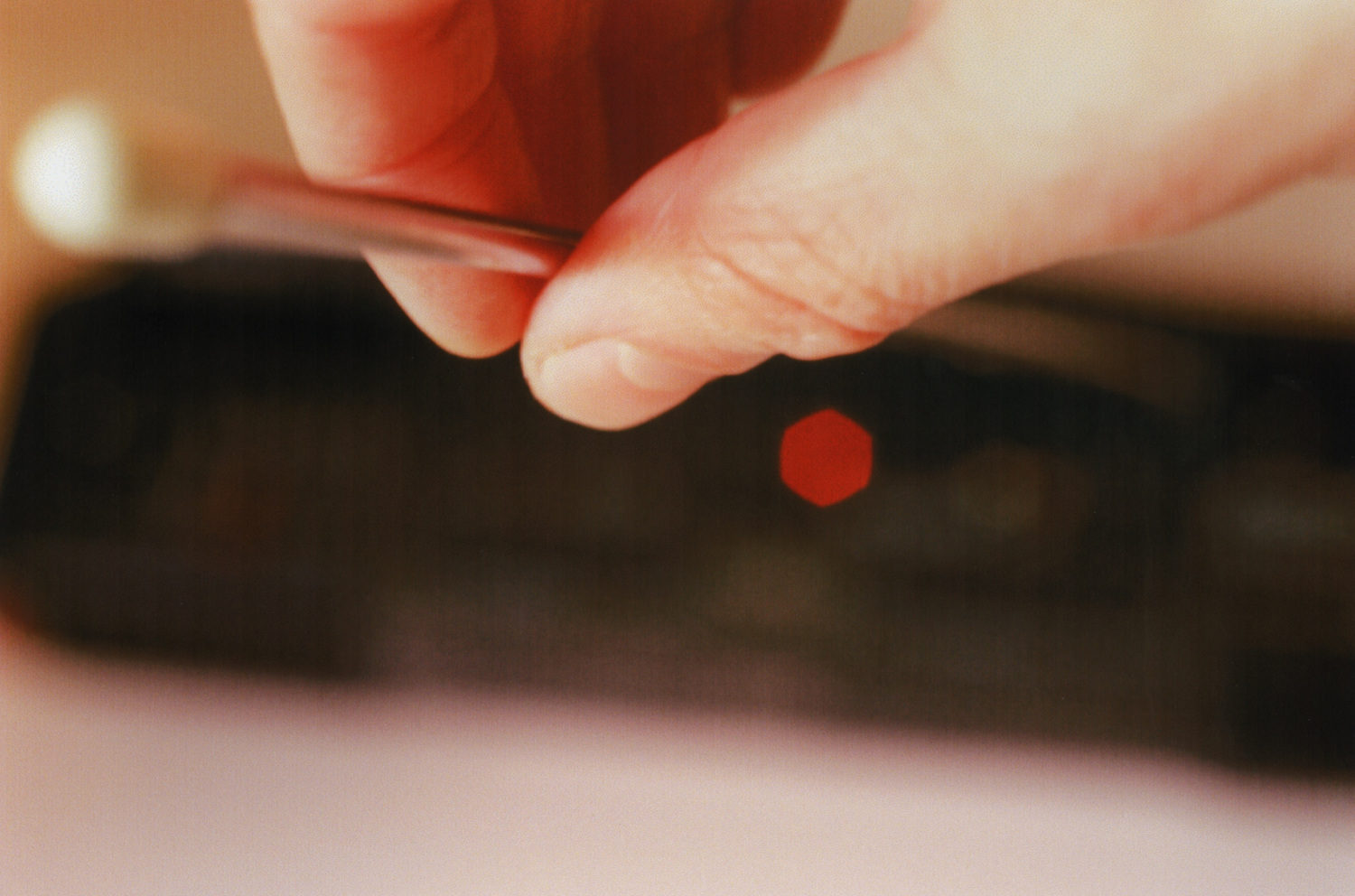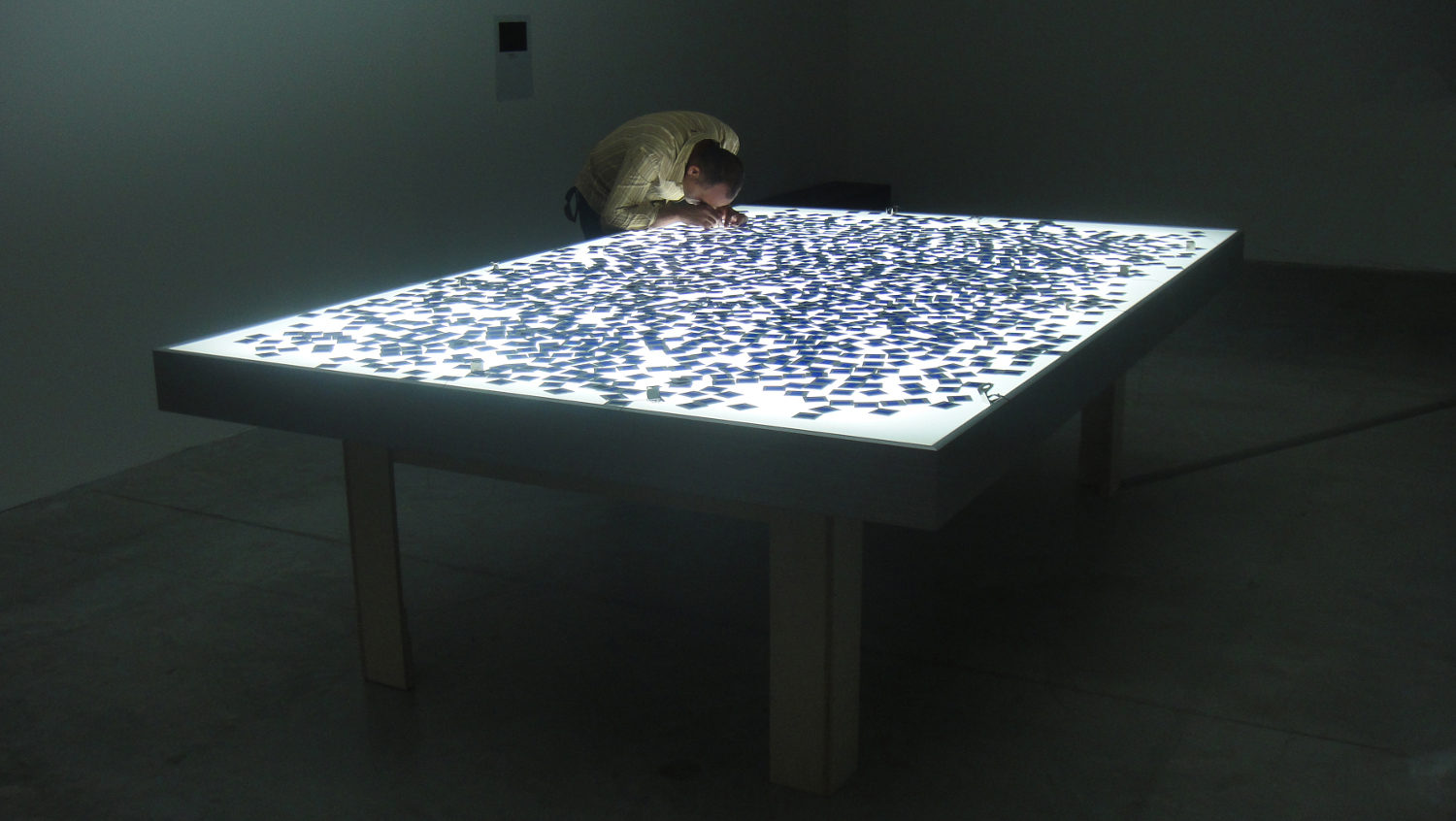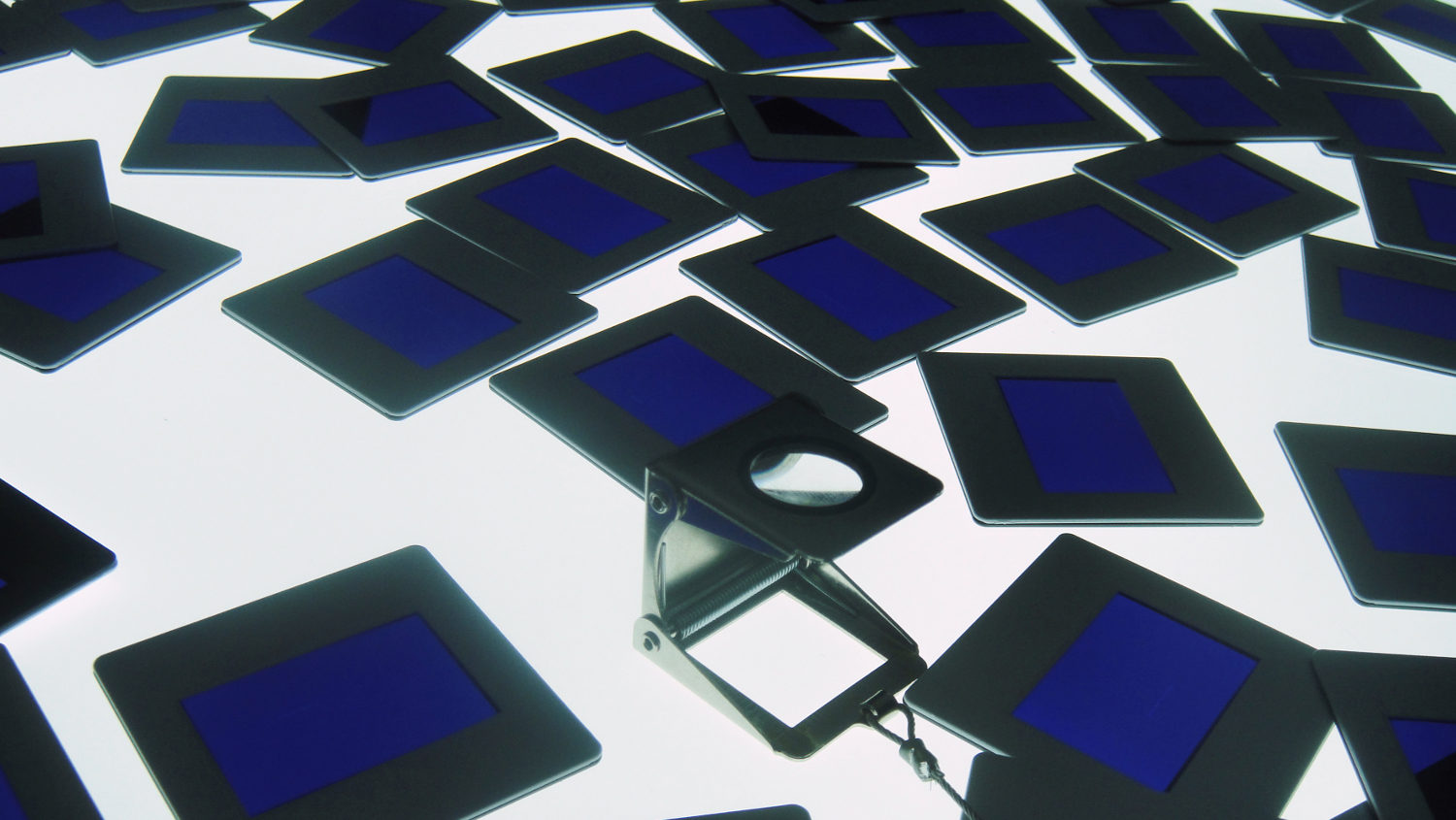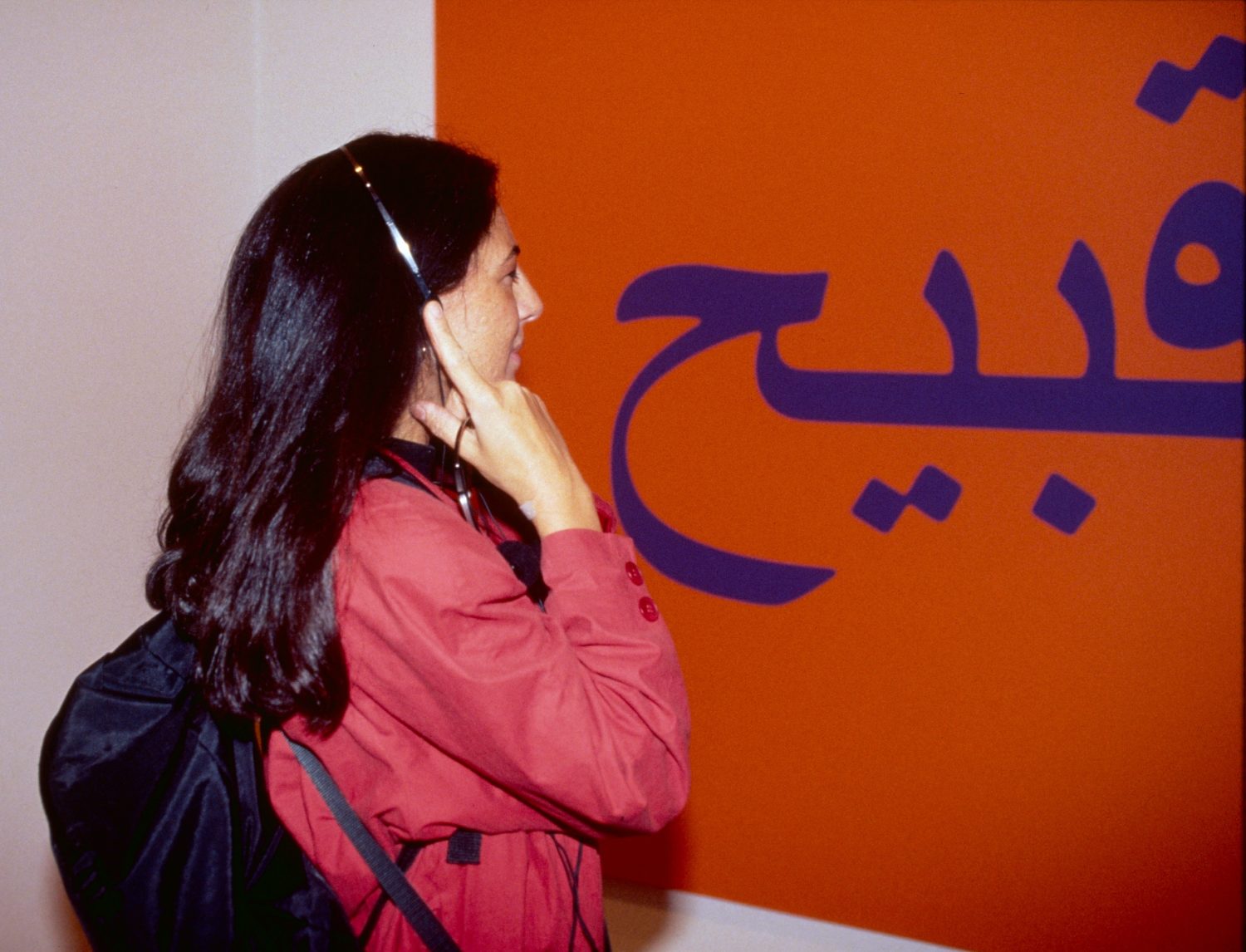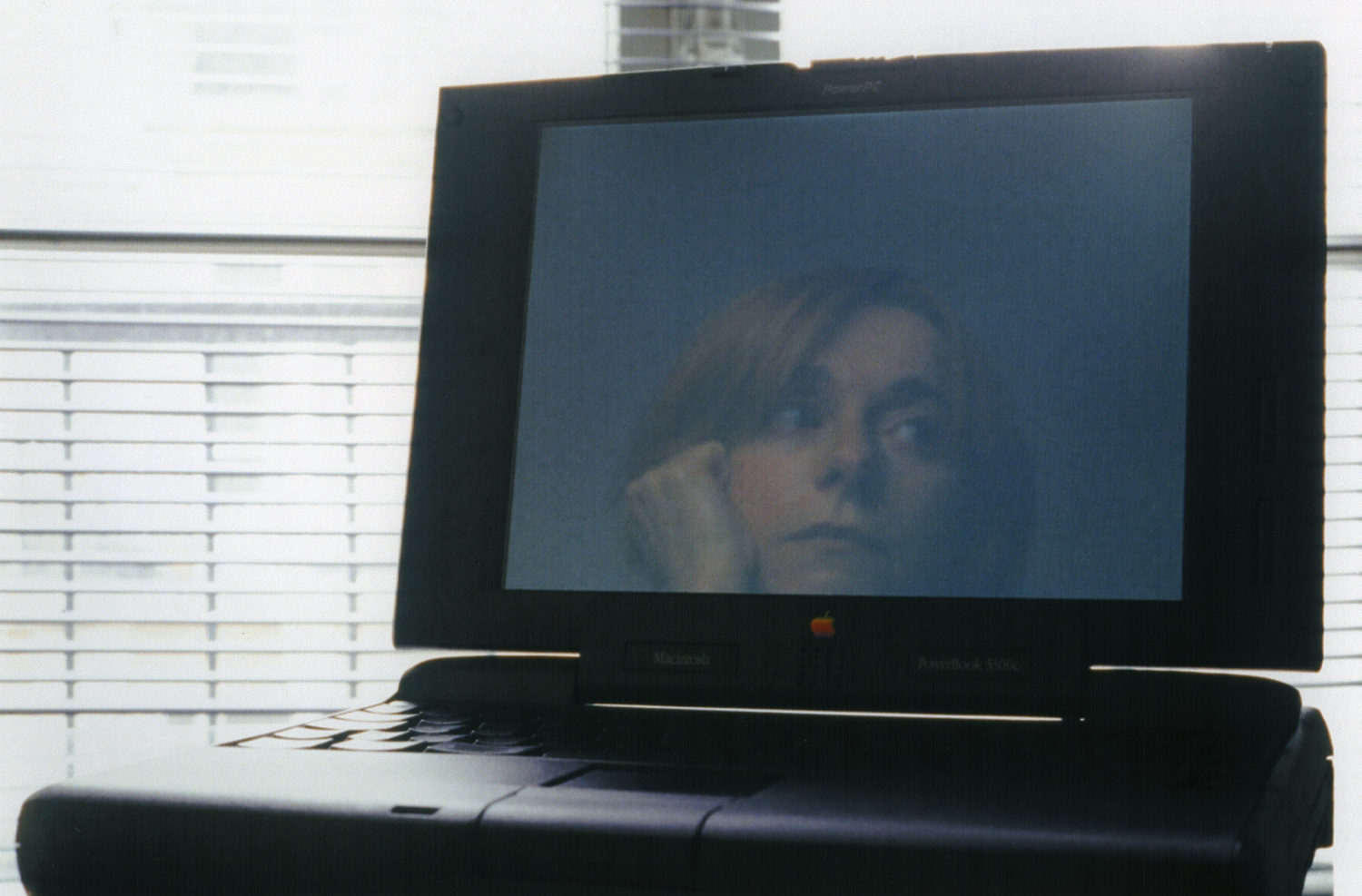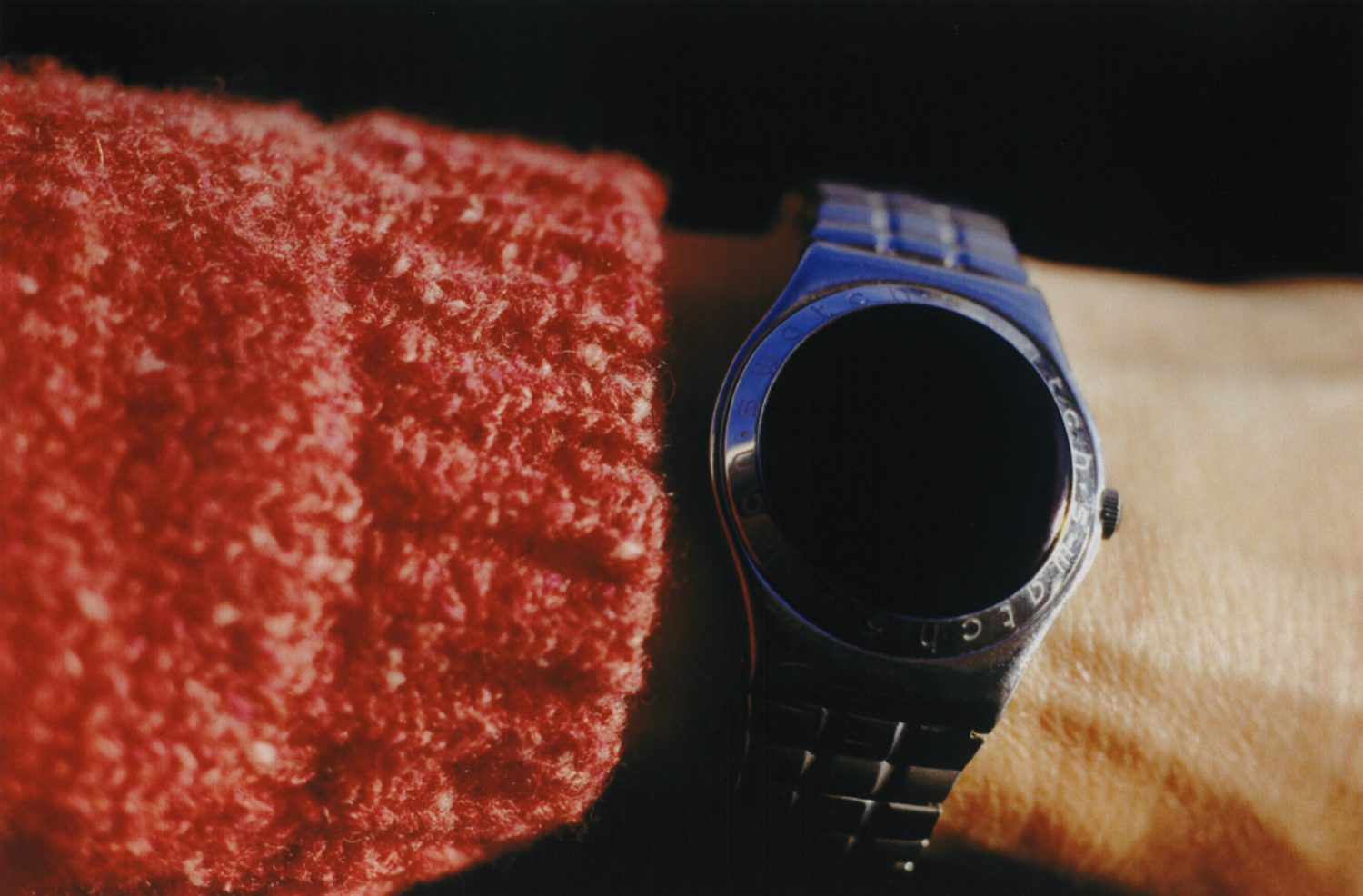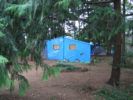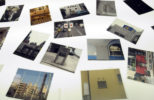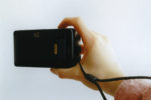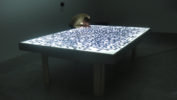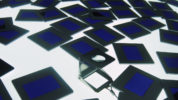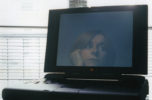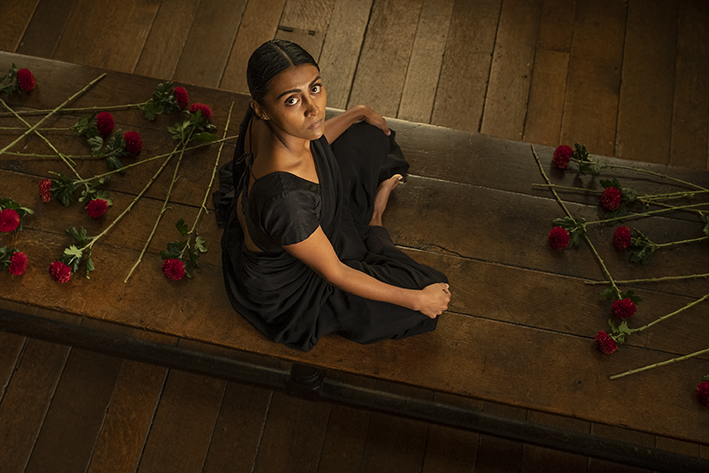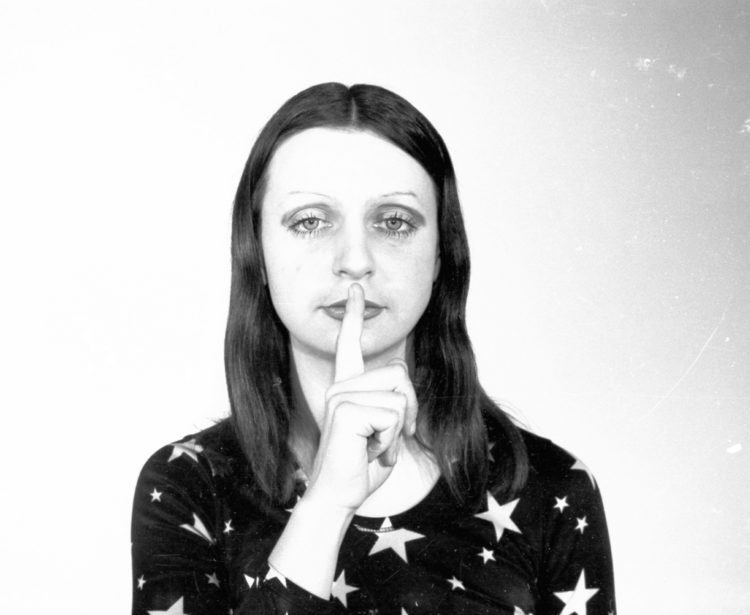Marylène Negro
Negro Marylène, Marylène Negro, Eux/Them, Paris, galerie Jennifer Flay, Frac Lanquedoc-Roussillon, Frac Champagne-Ardenne, 2001
→Negro Marylène, … Passante, Paris, Onestar Press, 2002
→Leguillon Pierre, Negro toi-même, Paris, Isthme, 2005
Marylène Negro, Centre d’Art Contemporain, Vassivière en Limousin, 7 February – 29 March 1998
→Marylène Negro, Frac des Pays de la Loire, Carquefou, 19 November 2004 – 13 February 2005
→Marylène Negro, Eux/Them, La V.R.A.C, Millau, 27 January – 7 April 2012
French visual artist.
In her body of work of diverse forms, Marylène Negro is particularly interested in the quest for the other, in an anticipation for apparitions and the disappearance of images. In the early 1990s, she played with relational aesthetics, between conceptual logic and offbeat advertising strategies. She has created, for example, t-shirts that read “I Love Art” (starting in 1994), created participatory works, such as Donnez moi une photo de vous (Give me a photo of yourself, starting in 1997), and Dites-moi quelques chose (Tell me something, 1999). In Viens (Come, 2004), a telephone number is placed on a poster inviting the viewer to send it an SMS or to call and leave a voice mall. She has also assembled photos of shop mannequins, many anonymous, cold and strangely familiar faces, in a book (1998). Little by little, her work moved towards photography, with the constant desire to slip into the skin of another, as seen with Dehors (Outside, 2003), a series of images taken from behind the shoulders of tourists taking pictures. It is mostly through video that M. Negro expresses herself in recent years, with films in a style often stripped bare, as in La Fleur (2001).
The artist likes unusual places, interiors are often considered as landscapes, or large natural spaces with a mysterious appearance. Her works are often immersed with a sense of loss and immediate disappearance, and the décor is also conducive to apparitions of the other, spirits and ghosts. The artist disappears before her image emerges through the tremors of the camera (L’Homme atlantique, 2008). She explores methods of experimental cinema even more radically, yet with elegance. In A Whiter Shade (2009), cinematic material became the form and the subject of the piece. It is a photograph of a photograph, a white hallucination of an evaporation. The question of time and its necessity resides at the heart of M. Negro’s body of work.
© Éditions des femmes – Antoinette Fouque, 2013
© Archives of Women Artists, Research and Exhibitions, 2019



